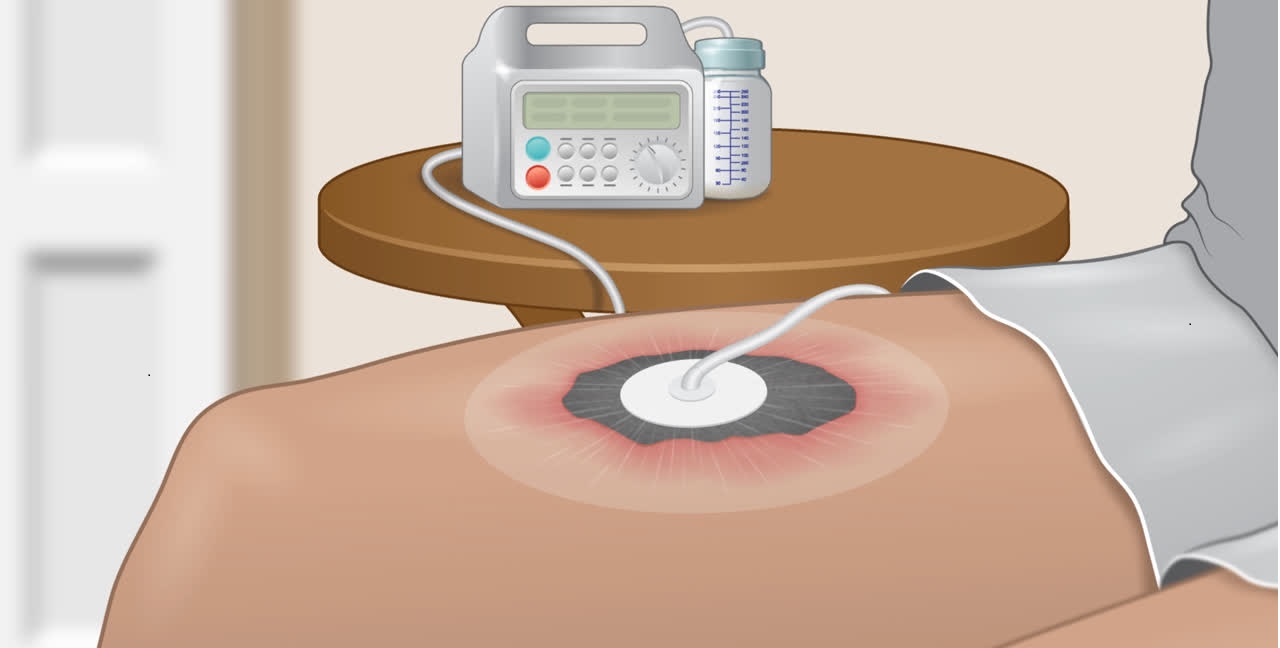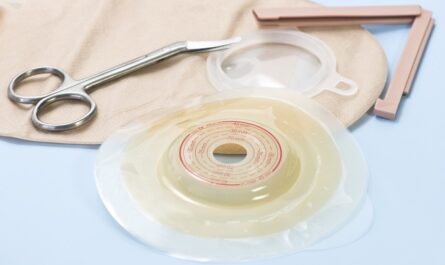What is a pulse oximeter?
An pulse oximeter is a small portable device that monitors the oxygen saturation level of a patient’s blood. It works non-invasively by shining two wavelengths of light through thin tissues like a finger, earlobe or foot. One wavelength is red and the other is infrared. It then measures how much light is absorbed by the blood to determine the oxygen saturation level.
How does it measure oxygen saturation?
Oxyhemoglobin (oxygenated hemoglobin) and deoxygenated hemoglobin absorb different amounts of red and infrared light. Oxygenated hemoglobin absorbs more infrared light while deoxygenated hemoglobin absorbs more red light.
The Pulse Oximeter measures these differences in absorption and uses an algorithm to calculate the oxygen saturation percentage (SpO2). SpO2 refers to the percentage of hemoglobin binding sites in the blood that are occupied by oxygen. A normal reading is between 95-100% at sea level.
Factors that can affect pulse oximetry readings
There are some factors that can potentially affect the accuracy of pulse oximetry readings:
Skin pigmentation – Darker skin tones can interfere with light transmission and make it harder for the device to get an accurate reading. Nail polish or dark fingernail beds have a similar impact.
Low perfusion – In conditions where blood circulation to the measurement site is reduced, it may be difficult for the device to detect enough blood volume changes to provide a reading. This can happen in hypothermia, severe low blood pressure or vasoconstriction.
Carbon monoxide poisoning – Carbon monoxide preferentially binds to hemoglobin, displacing oxygen. This can falsely elevate a person’s calculated oxygen saturation level despite actual hypoxemia.
Methemoglobinemia – This condition causes oxyhemoglobin to convert to methemoglobin which also absorbs light differently from normal hemoglobin. This interferes with pulse oximetry measurements.
Dyes – Certain dye chemicals used during medical procedures like methylene blue can affect light transmission properties and lead to inaccuracies.
Motion artifact – Movement of the measurement site or patient motion can cause temporary losses of signal or erroneous readings. This is more likely to happen if the device probe is not secured firmly in place.
Other limitations – While Pulse Oximeter is very useful, it only provides information about oxygen saturation and not other blood gas measurements like carbon dioxide levels. It also does not reflect regional or spot variations in oxygen saturation within the body.
Components and functions of a typical pulse oximeter
A typical finger-clip pulse oximeter has the following key components:
Sensor probe – Contains two light emitting diodes (LEDs), one for red light and one for infrared light. It also contains a photodetector to detect the amount of each wavelength of light transmitted through the measurement site.
Microprocessor – Processes signals from the photodetector using an algorithm to calculate oxygen saturation levels. It filters out motion and noise artifacts to provide continuous readings.
Display screen – Digital screen displays current oxygen saturation percentage as well as a real-time photoplethysmograph waveform tracing patient pulse. May also show pulse rate.
Alarm systems – Audio and visual alarm alerts operator if oxygen saturation falls below preset safe thresholds. Alarms help notify caregivers about changing patient conditions.
Battery power – Rechargeable or disposable batteries power the device’s electronic systems and components. Battery life varies between products but typically allows continuous use for 8-24 hours on a single charge.
Durability – Housing and casing protects internal circuitry from physical damage. Sealed design prevents fluid ingress. May be surface-cleanable for use in clinical settings.
Applications of pulse oximetry
Pulse oximetry finds widespread applications in medical settings due to its versatility, affordability and noninvasive nature:
– Hospital monitoring of high-risk patients – Used continuously on patients in intensive care, emergency, operating rooms and recovery areas. Provides early detection of desaturation events.
– Outpatient diagnostic testing – Evaluates patients with suspected breathing, heart or lung problems during exercise, sleep or exposure to lower oxygen environments.
– Pre-operative screening – Standard assessment of patient oxygenation prior to anesthesia and surgery to help guide care.
– Procedural monitoring – Monitored continuously during procedures using sedation or anesthesia to aid dosing adjustments.
– Home health monitoring – Used by patients with chronic lung or heart disease to spot deterioration requiring medical attention. Facilitates early treatment.
– Transport of critically ill patients – Deployed during inter-hospital transfers and emergency transport to maintain continuity of care.
– Ambulatory surgery centers – Monitoring of post-anesthesia recovery and same-day surgical discharge. Ensures stable oxygen status.
– Remote patient surveillance – Certain pulse oximeters can track readings continuously and transmit data remotely through cellular networks to physicians.
Pulse oximetry is an invaluable non-invasive monitoring technique that has revolutionized patient care through providing continuous assessment of oxygen saturation levels in many clinical and home care settings. Its accurate measurements help clinicians promptly detect changes in oxygenation status and guide timely treatment interventions.
*Note:
1. Source: Coherent Market Insights, Public sources, Desk research
2. We have leveraged AI tools to mine information and compile it
About Author - Ravina Pandya
Ravina Pandya,a content writer, has a strong foothold in the market research industry. She specializes in writing well-researched articles from different industries, including food and beverages, information and technology, healthcare, chemicals and materials, etc. With an MBA in E-commerce, she has expertise in SEO-optimized content that resonates with industry professionals. LinkedIn Profile



